I have a .txt file containing the x,y values of regularly spaced points in a 2D map, the 3rd coordinate being the density at that point.
4.882812500000000E-004 4.882812500000000E-004 0.9072267
1.464843750000000E-003 4.882812500000000E-004 1.405174
2.441406250000000E-003 4.882812500000000E-004 24.32851
3.417968750000000E-003 4.882812500000000E-004 101.4136
4.394531250000000E-003 4.882812500000000E-004 199.1388
5.371093750000000E-003 4.882812500000000E-004 1278.898
6.347656250000000E-003 4.882812500000000E-004 1636.955
7.324218750000000E-003 4.882812500000000E-004 1504.590
8.300781250000000E-003 4.882812500000000E-004 814.6337
9.277343750000000E-003 4.882812500000000E-004 273.8610
When I plot this density map in gnuplot, with the following commands:
set palette rgbformulae 34,35,0
set size square
set pm3d map
splot "dens_map.map" u 1:2:(log10($3+10.)) title "Density map"`
Which gives me this beautiful image:

Now I would like to have the same result with matplotlib.

